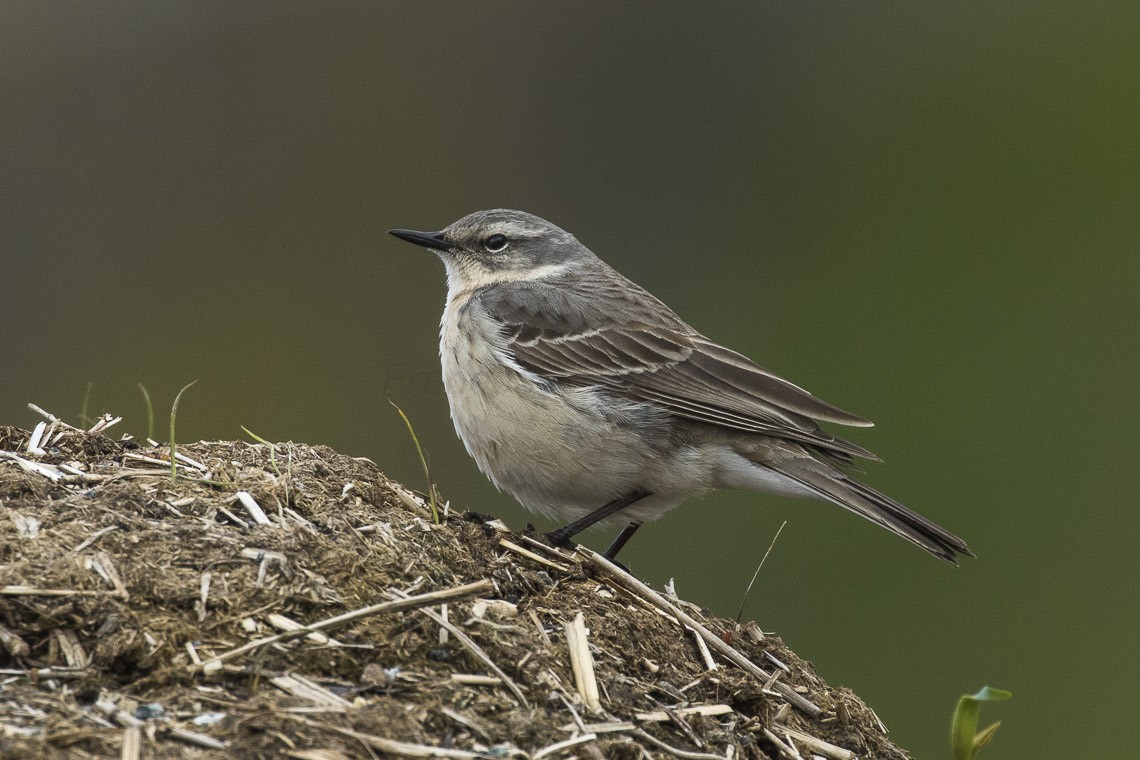Water Pipit
A species of Pipits Scientific name : Anthus spinoletta Genus : Pipits
Water Pipit, A species of Pipits
Botanical name: Anthus spinoletta
Genus: Pipits
Content
Description People often ask General Info
 Photo By Francesco Veronesi , used under CC-BY-SA-2.0 /Cropped and compressed from original
Photo By Francesco Veronesi , used under CC-BY-SA-2.0 /Cropped and compressed from original Description
The water Pipit is a charming bird commonly found near water bodies like marshes, rice fields, and wetlands. The bird is highly adaptable and hardy, able to survive in harsh conditions and a variety of habitats. It feeds on a range of insects, seeds, and small prey and uses its long legs to wade in shallow water in search of food. 
Size
17 cm
Colors
Brown
Black
Bronze
Gray
White
Life Expectancy
9 years
Nest Placement
Ground
Feeding Habits
Water Pipit mainly consumes a diverse array of invertebrates such as insects, spiders, and snails. They forage alone or in pairs, often on foot, and may modify their diet to include calcium-rich prey in areas with acidic soils. Plant material like algae can also be a significant food source.
Habitat
The water Pipit resides predominantly in alpine meadows and pastures within mountainous terrains, preferring areas with short grass, sparse bushes, and nearby water sources, typically at elevations of 1,400 to 2,500 meters. In the non-breeding season, the water Pipit migrates to lower-altitude wet habitats such as coastal wetlands and marshes, with altitude variations based on the subspecies.
Dite type
Insectivorous
People often ask
General Info
Feeding Habits
Bird food type
Sounds
Call
Recording location: Belgium
Song
Recording location: France
Call
Recording location: Netherlands
Behavior
The water pipit is a much less approachable bird as compared to the Eurasian rock pipit. It is warier than its relative and if approached it flies some distance before landing again, whereas the rock pipit typically travels only a short distance, close to the ground, before it alights. 
Distribution Area
The breeding range of the water pipit is the mountains of southern Europe and Asia from Spain to central China, along with the Mediterranean islands of Sardinia and Corsica. The water pipit is predominantly a mountain species in the breeding season, found in alpine pasture and high meadows with short grass and some bushes or rocks. It is typically found close to wetter areas and often on slopes. It breeds between 615–3,200 metres (2,020–10,500 ft) altitude, mostly 1,400–2,500 metres (4,600–8,200 ft). It migrates relatively short distances in autumn to lower ground, typically wintering on coastal wetlands, marshes, rice fields and similar habitats. Although most birds move to lowlands, some may remain at up to 2,000 metres (6,600 ft). Nominate A. s. spinoletta winters mainly in western and southern Europe and in northwestern Africa; in western Europe some birds show fidelity to the same wintering site, returning each year. Birds in Spain appear to move only lower down the mountains in which they breed. A.s. coutellii winters at lower altitudes near its breeding areas and also in the Arabian Peninsula and northeast Africa. A.s. blakistoni winters in Pakistan, northwest India and southern China. Water pipits leave their breeding sites from mid-September, although the eastern subspecies may start moving south before then. The spring migration starts in February and March, with arrival on the breeding grounds in April and May. The water pipit has been recorded as a vagrant in Belarus, Gibraltar and Latvia, and on islands including the Canaries, Iceland, Malta and Svalbard. 
Species Status
Not globally threatened.